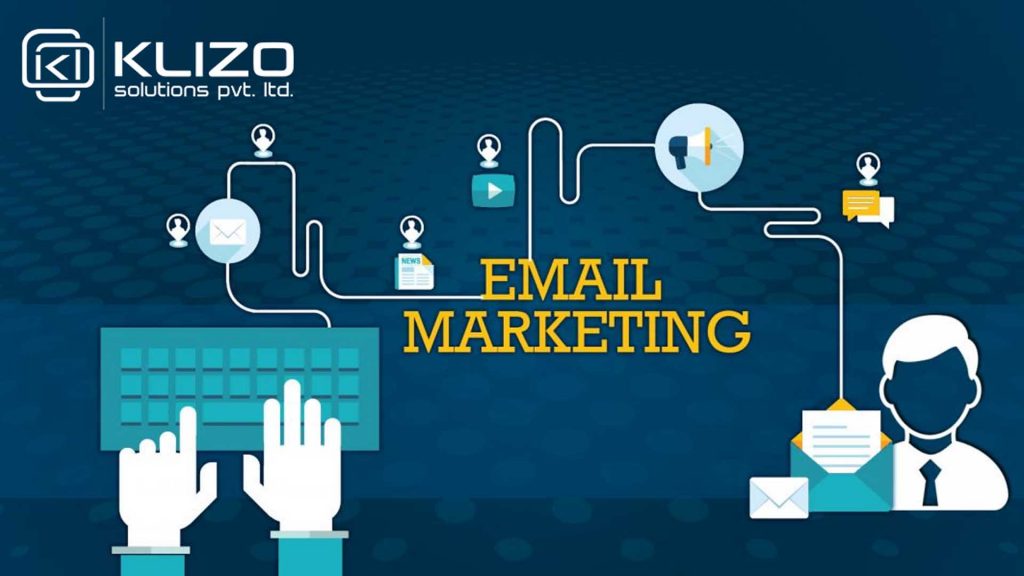


When people do email campaigns, they typically do HTML emails, that follow a template design. These may be used in platforms like constant contact, or Mailchimp. You can see some of the templates we created over in our portfolio.
These normal email campaigns are typically a one way broadcasted message. These are used to tell about specials, deals, or discounts. Sometimes these are used for cold emails. One way email templates are good to broadcast our BlackFriday deals. If you are doing email campaigns correctly, you do sample tests. You do A/B testing on two different designs or content, and then you use the higher performing campaign.
The way drip emails work today, is different. Traditional drip campaigns allow you to test out a series of emails. Maybe the first email is educating you on the industry. The second email is educating you on the new changes that are impacting the industry. Then the third email is informing you on a specific product, and how you can be part of the change in the industry. After that, you can go even further. The fourth email can follow up with more information on the product and try to sell you again on the product.
A drip email can flow in a constant flow of emails driving you towards an action.
Now, there is also drip emails with various sequences. The way this works, is that the system tests out a series of drip emails and they may branch into various sequences. These sequences could be based on the email receivers location, or based on an industry they work in. These different paths an email can go can help test the conversion rate of the email. If the email has a actionable item (lets say, signing up to a monthly music service), then you will see ultimately what the conversion rate is on the various sequences. These allow you to optimize and change the drip email sequence, dialing in the highest performing one.
What we have been working on recently is much more. Drip emails with sequences help, but you can also create variations of the content. So in our cases, we create Subject1, Subject2, Subject3, and we test these parts of the content out through variations, changing the content in multiple sections. Instead of doing A/B testing, our technology has been allowing us to test A/B/C/D/H/Z testing. We can do a large variation of emails along with multiple sequences. This allows the client to quickly see what mixture of components creates the highest converting emails.
Our current beta testing is using our machine learning tools, and applying them to our email campaigns. This will help analyze the content, the various sequences, and the variations that have been used. We plan on making this go much further and use our data compilers along with the email data to cross compare content interactions with outside data variables. This has the potential to truly create highly converting content and actions.
If you want to sign up for our email technology, either contact us, or you can take a look at mailhog.com and see some of the things we are building.
Previous article
Joey Ricard
Klizo Solutions was founded by Joseph Ricard, a serial entrepreneur from America who has spent over ten years working in India, developing innovative tech solutions, building good teams, and admirable processes. And today, he has a team of over 50 super-talented people with him and various high-level technologies developed in multiple frameworks to his credit.

Subscribe to our newsletter to get the latest tech updates.